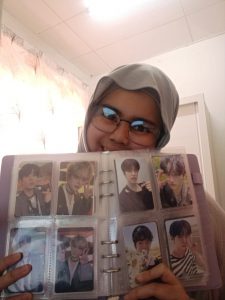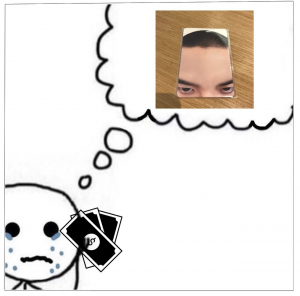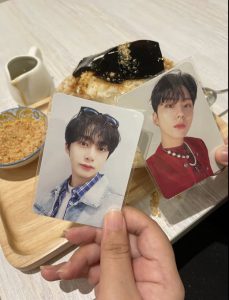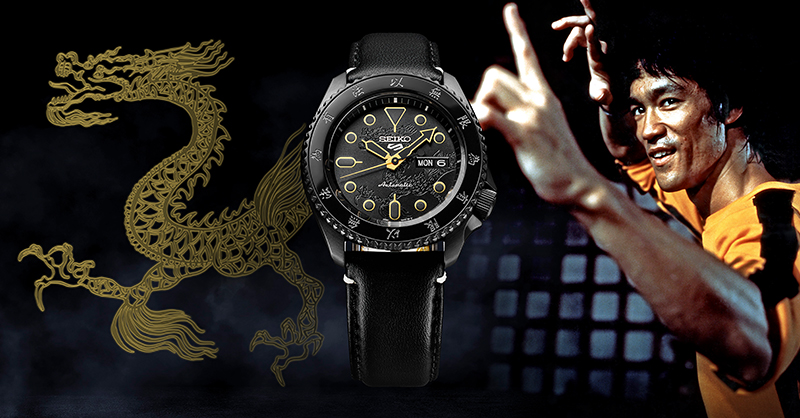The strange things Msian fans do with their K-Pop cards

- 113Shares
- Facebook89
- Twitter6
- LinkedIn6
- Email6
- WhatsApp6
It’s probably no surprise to you, but physical album sales have been declining since the 2010’s thanks to the convenience of digital downloads and – nowadays – music streaming services like Spotify and Apple Music.
But surprisingly, physical album sales are still going strong with K-Pop fans who buy multiple copies of the same album. Here’s the catch though… it’s not even for the CD inside. It’s for “free” photocards that come with the album.
Welcome to the bizarre world of K-Pop!

Photocards are collectable photos of idols from K-Pop groups that were first released and popularized by Girls Generation back in 2010 through Oh, their hit album.

Since then, photocards has become a ‘must have’ item in albums because Korean entertainment companies discovered that photocards were a good strategy to sell more albums and ensuring their artists chart higher.
K-Pop groups have multiple versions of albums with different cards
The photocard that comes with each album is random, which encourages K-Pop fans to buy multiple copies of an album just to collect ’em all. But it gets worse – entertainment companies will also release multiple versions of the same album with a different set of photos.

K-Pop fans are familiar with the #struggle, but with one album costing RM120 from retail stores or RM85 from international sellers on Shopee or Lazada, you can see how much it’ll cost to get a full collection (or even that ONE card you really want). It can also be cheaper to buy a full set of (usually) three albums for the lower price of RM200 (with shipping, lol).
On top of this, you might also be tempted by pre-order benefits like a poster or a limited edition card.

So, the takeaway here is that collecting these photocards can be super expensive, but it can be worth it in the end because…
Every K-Pop fan has their ‘bias’ photocard
‘Bias’ is a K-Pop term for a fan’s favorite idol or member of the group. It’s easier to spot a K-Pop fan when they carry their ‘bias’ photocard in a card holder or behind their transparent phone case. In a way, this makes a great way to break the ice and make friends since there’s already a common interest.

Photocards also have other significant uses beyond showing your fandom, which 25-year-old Nur Ain shared with us:
“Photocards usually help me avoid marriage questions from my relatives because they would think that I’m still childish for obsessing over K-Pop men and wouldn’t take me seriously.” – Ain

Meanwhile, Mira paid her monthly rent with the help of her photocards. After facing some financial difficulties, she made the tough decision to sell off 5 photocards, including a rare photo of D.O.’s forehead. These were completely sold off within a week.

This writer also used an underrated boy group member’s photocard to get rid of creepy men. Protip: It’s better to use less recognizable K-Pop artists if you want to convince someone it’s your boyfriend 😛

There is a pasar for K-Pop photocards
Photocards can be sold, bought and traded on online platforms such as, Carousell, Shopee and even Twitter. Avid Twitter users would occasionally come across hashtags like ‘#PasarBTS,’ ‘#PasarBlackpink’ in their trends section which specifies a photocard market for a certain group.
Acronyms such as, ‘WTS’, ‘WTB’ and ‘LFB’ in the tweets would indicate, “Want To Sell’, ‘Want To Buy’ and ‘Looking For Buyers’ respectively so that fans would know about the sales.

The market value for photocards are uncertain as cards from different groups command different prices. For example, Jungkook of BTS is known to have the most expensive photocards; and one of his photocards was recently sold for RM14,000 on eBay.

P.S beware of scammers or you might get a yassified Jungkook instead!
Can photocards end K-Pop rivalry? Maybe… yes…?
Rivalries among fandoms are common especially between fans of BTS and BlackPink, notably the two groups who achieved international fame around the same time. Both bands are supportive of each other as colleagues but fans heat up the situation by sending hate and death threats just to prove their ‘bias’ band is better.
However, it has become a trend for fans to meet up at local cafes and take picture of their photocards alongside their meal. Most of the time, the photocards consist of different members from their respective ‘bias’ group.

It’s a heartwarming feeling to know that every fan has a photocard of their ‘bias’ to show that they’re part of the K-Pop community and through that, they get to make new friends from different fandoms because of mutual interest. So, at the end of the day, photocards aren’t just collectible cards but it also bring fans to create new K-Pop memories together.
- 113Shares
- Facebook89
- Twitter6
- LinkedIn6
- Email6
- WhatsApp6


